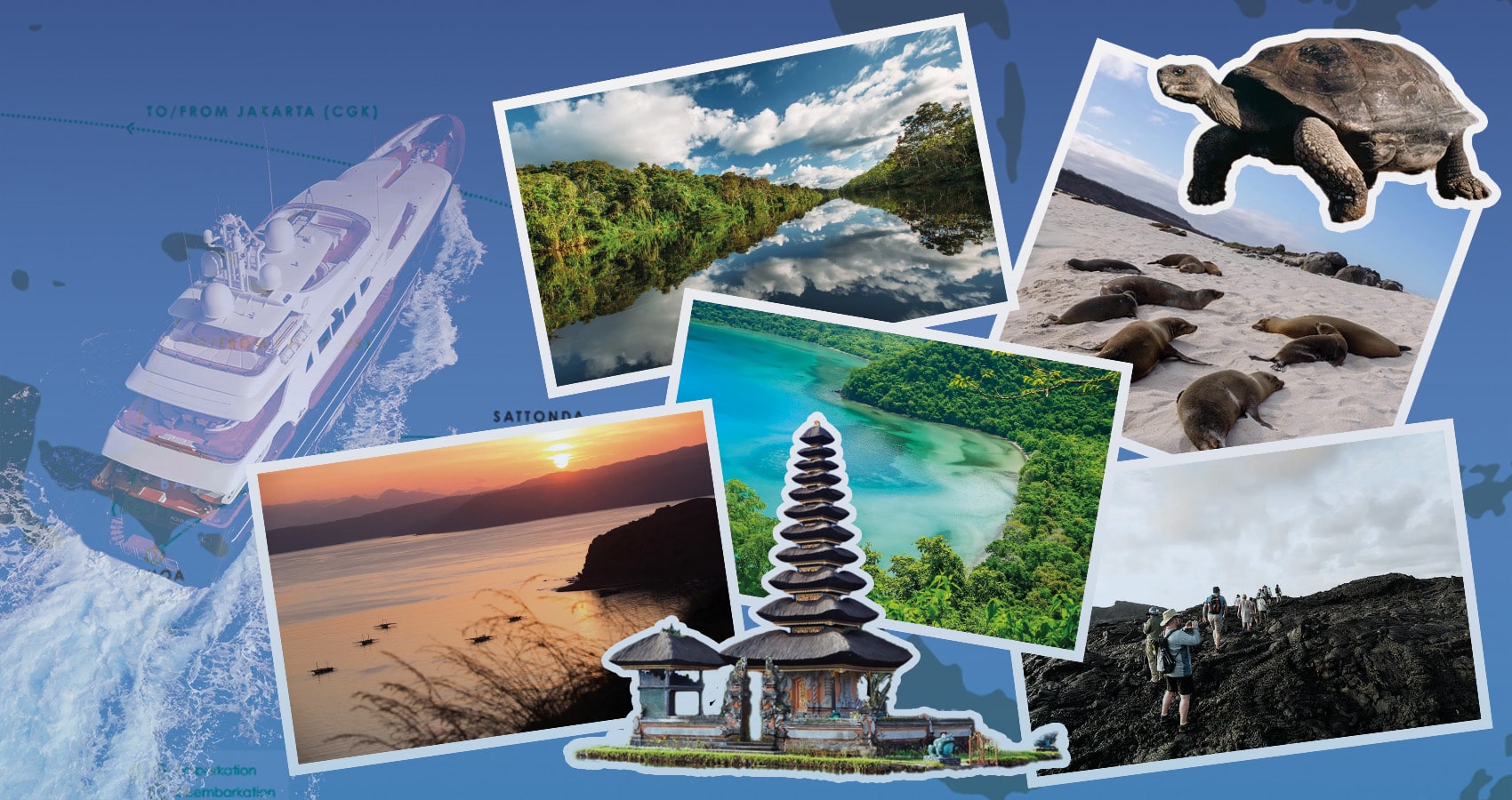
What Impact Does 'Immersive Travel' Have on Entertainment Trends?
Storytelling and character development.
Every year, more of us trade basic vacations for full-blown adventures. Remote islands and deep forests become backdrops for stories on our screens and feeds.
Content creators swap staged sets for real-life jungles, inspiring TV, film, and digital media to capture that raw sense of discovery.
Even if you’re watching from home or scrolling Instagram, immersive travel shapes what you see—and maybe even where you want to go next.
Curious how these journeys influence entertainment? Let’s dig in together.
How Real-World Exploration Changes TV and Film Storytelling
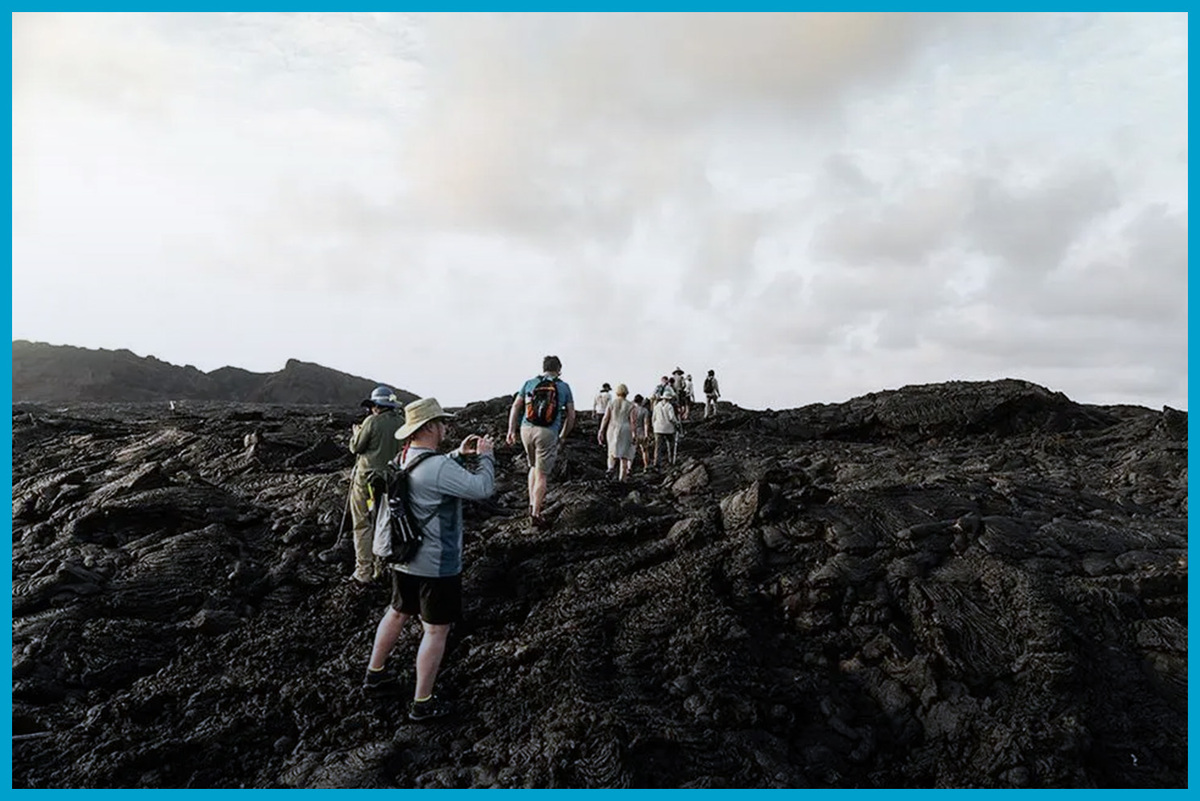 An immersive trip to a rarely explored destination or one that many know very little about is inspirational. Imagine the creative spark a filmmaker finds walking ancient volcanic paths or watching wildlife no studio could replicate.
An immersive trip to a rarely explored destination or one that many know very little about is inspirational. Imagine the creative spark a filmmaker finds walking ancient volcanic paths or watching wildlife no studio could replicate.
When crews set stories in places like lush cloud forests or along untouched coastlines, everything shifts. Natural light, unpredictable weather, and even local guides all shape what makes it onto the screen.
For example, Galapagos cruises often lead production teams to design scenes around real animal encounters and vivid island scenery, setting new standards for authentic visual storytelling in entertainment.
Social Media’s Obsession with Adventure-Fueled Content
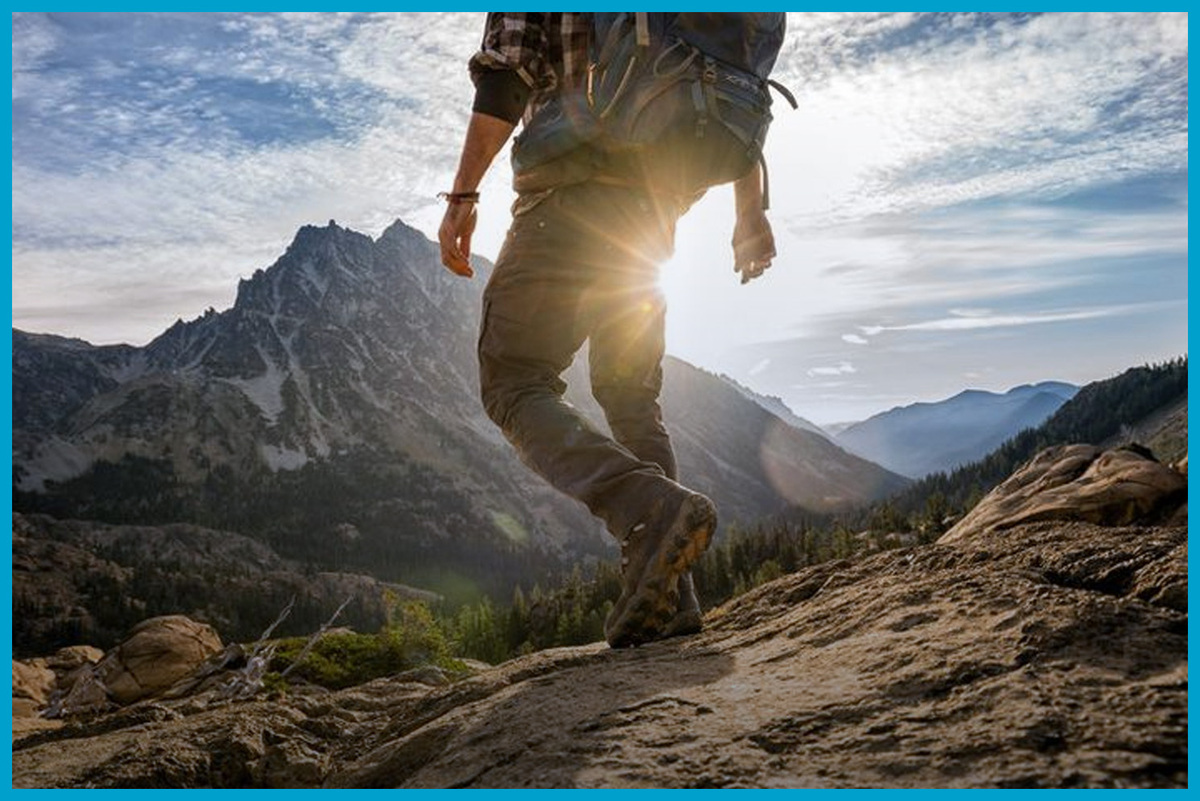
When talking about entertainment trends, it’s an age when social media undisputedly takes center stage. And whether you frequent Instagram or spend more time on FB, there’s a conspicuous frenzy around wild landscapes and real adventure moments.
Raw footage from rainforests or drone shots over island cliffs become magnets for shares and likes. While it’s attracted a negative narrative, this hunger for immersive visuals even nudges influencers to join expeditions once reserved for documentary crews.
Authenticity wins attention, while travel stories now influence the way we all expect entertainment content to look and feel.
Impact on Scriptwriting and Character Development

A lot goes into today’s TV shows, films, and even magazines. Authentic stories now require scriptwriters to understand not just where the story takes place, but how people truly live there. Think about a series like "White Lotus," where the location’s food, daily customs, and real conversations influence everything from dialogue to plot twists.
Writers use these immersive details—how locals greet each other or spend a quiet evening—to make characters feel real. And for travelers too, connecting with local culture is a huge plus as it helps avoid disappointment from travel by building genuine expectations before they go.
Location-Based Inspiration for Game and VR Design
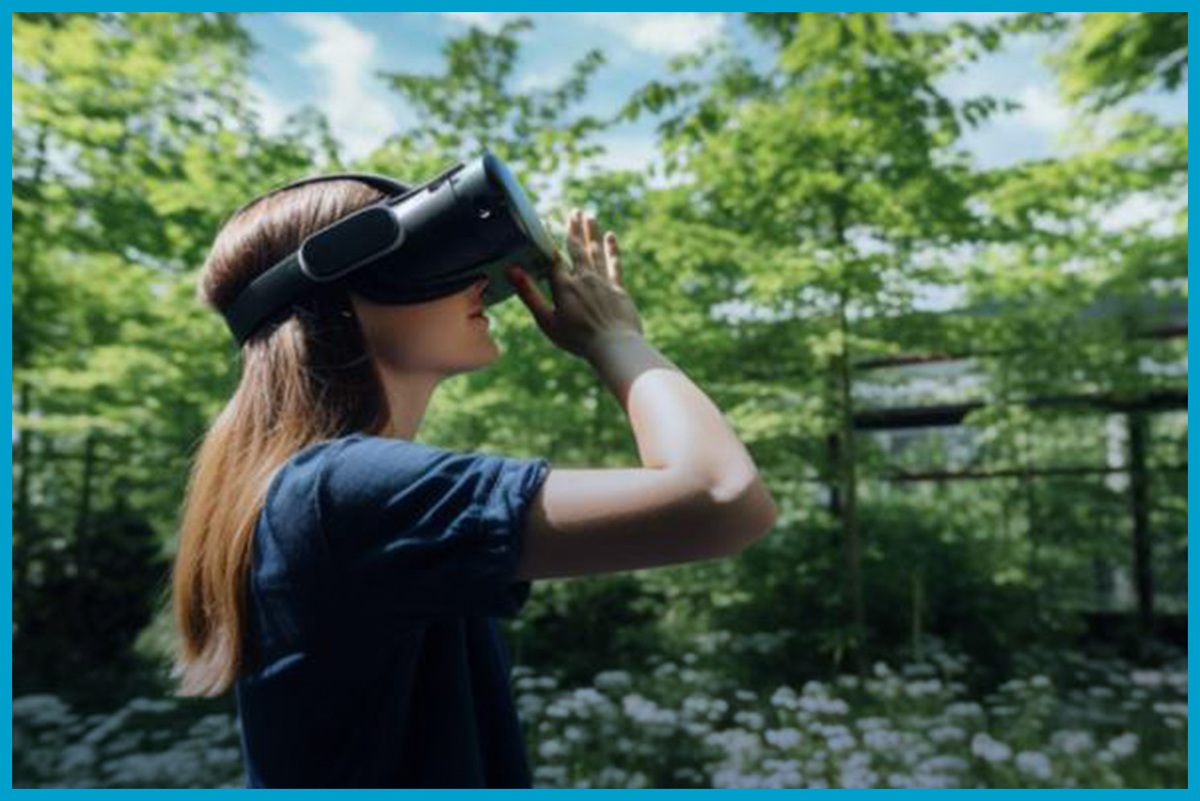
Creative teams now scout the world to shape the digital landscapes we explore in games and virtual reality. Studios often reference breathtaking real-life sites, from misty fjords to coral reefs, so players sense an authentic atmosphere.
Take "Uncharted 4," where designers mirrored lush tropical islands and jungles after Madagascar and the Indian Ocean region. Immersive travel supplies a library of sounds, sights, and even folklore that tech artists use for details most players recognize instinctively—making gameplay richer and more believable with each release.
Shifting Trends in Reality Programming Production
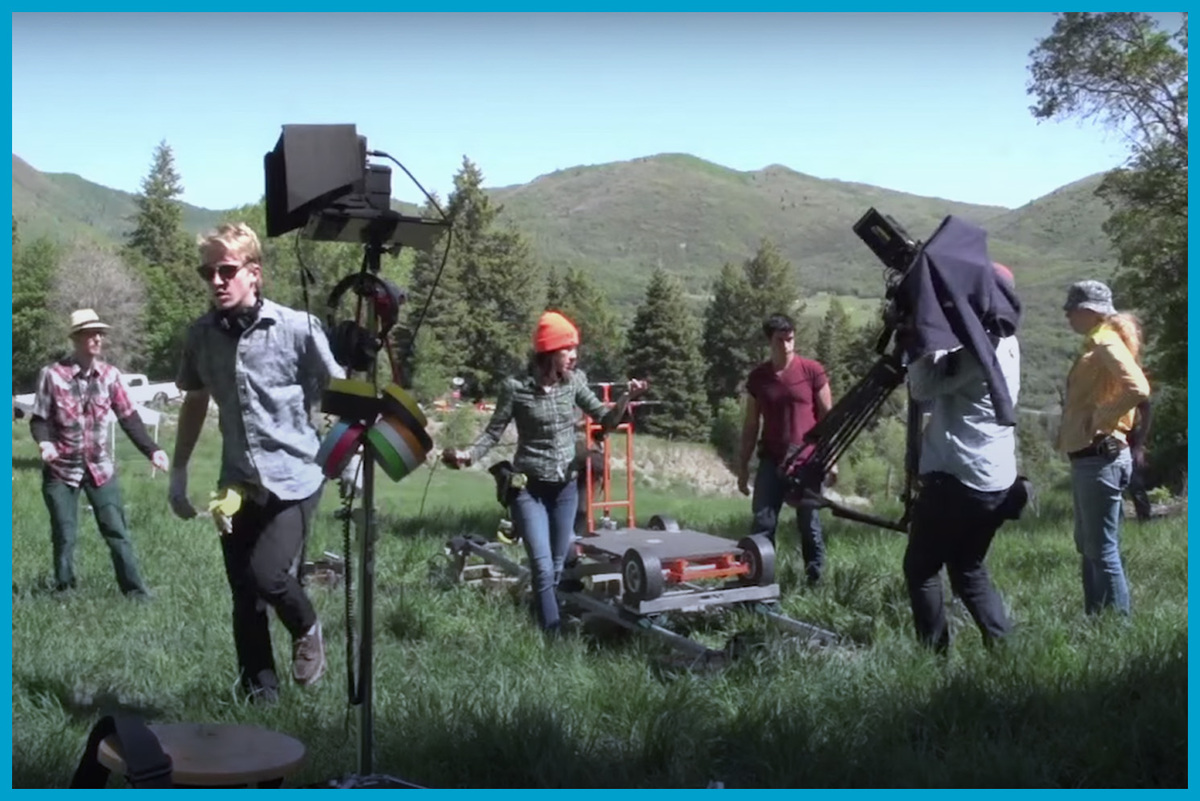
TV crews used to film indoors, but now they chase unpredictable backdrops far from the studio. Remote settings bring both visual excitement and fresh challenges for every episode.
Noticeable shifts include:
- Longer prep times due to tough logistics
- Real reactions from cast members facing new environments
- Less reliance on scripted drama, more focus on organic tension
Audiences pick up on this realism quickly. Viewers engage deeply when contestants or celebrities genuinely react to places and cultures unfamiliar even to themselves.
Audience Demand for Authentic Visual Backdrops
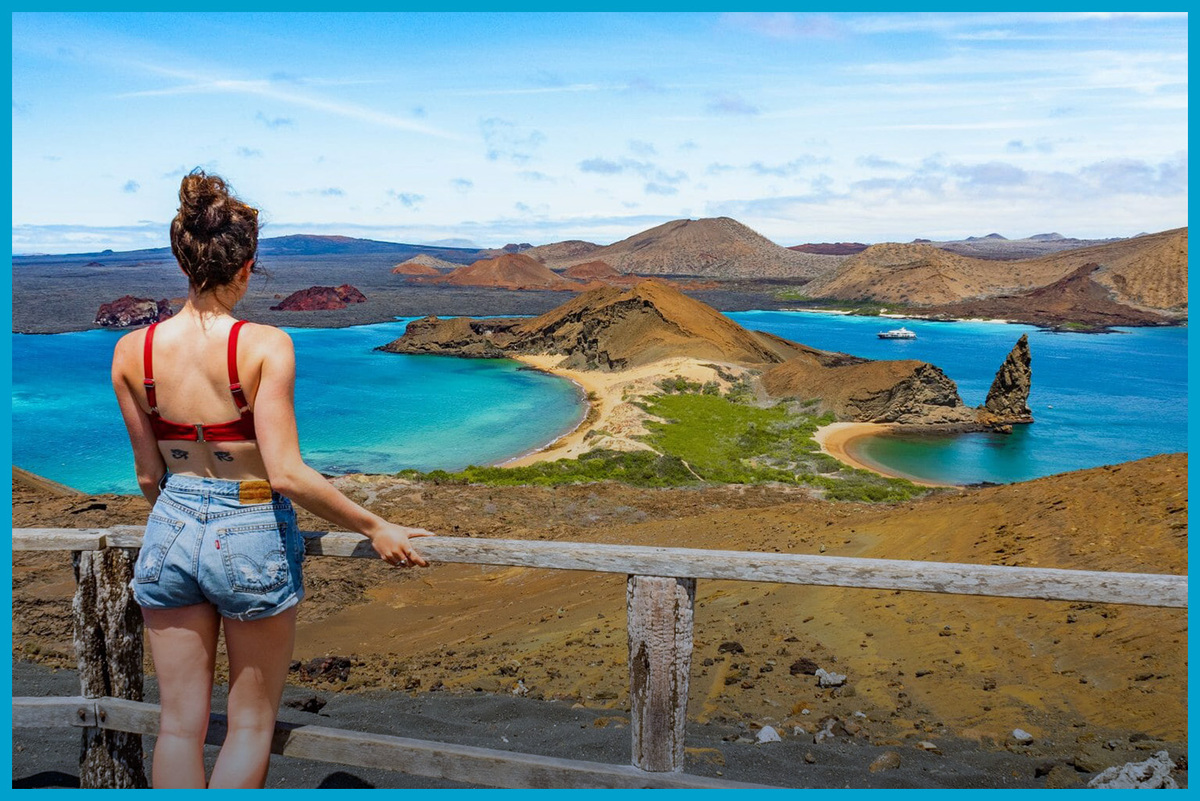
As people get more and more of travel-inspired content, expectations naturally change. Staged, generic visuals rarely captivate their attention for long. Today’s audiences prefer seeing real places and authentic experiences on screen, even for the marketing videos small businesses use.
Landscapes with unique wildlife or city scenes that buzz with daily life bring a sense of connection that viewers crave. Production teams now scout destinations with fresh eyes to keep up, knowing this appetite for realism shapes everything from commercials to long-form series.
Sustainability Themes Driven by Immersive Expeditions

Environmental messages hit harder when viewers see their favorite personalities trekking through real rainforests or paddling next to endangered wildlife. Firsthand exploration gives creators honest stories about conservation challenges, inspiring deeper discussion and action.
Recent documentaries and social series often spotlight eco-friendly habits learned from local communities. These authentic moments resonate because they go beyond scripted facts, bringing urgency to sustainability in a relatable way.
Industry leaders now partner with guides and scientists for the most accurate storytelling possible.
Immersive travel shapes what we see and how stories unfold across entertainment. As fresh experiences keep finding their way onto screens, both creators and audiences gain richer perspectives. So to speak, every new narrative feels a little more connected to the real world.











